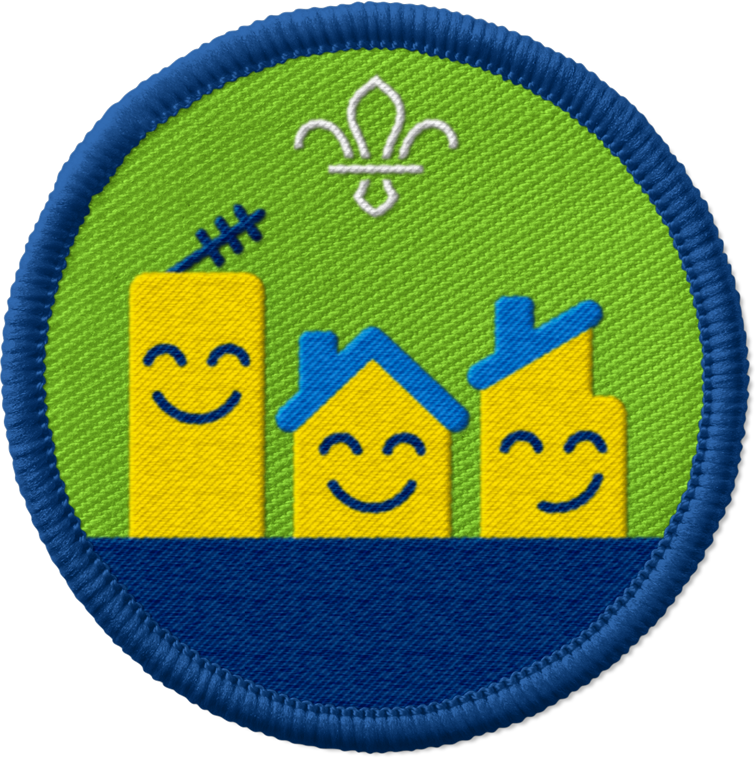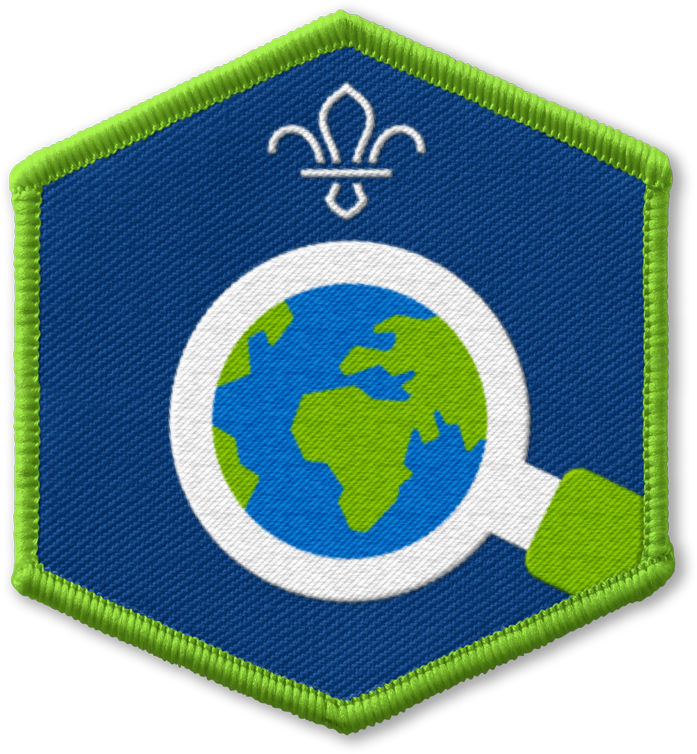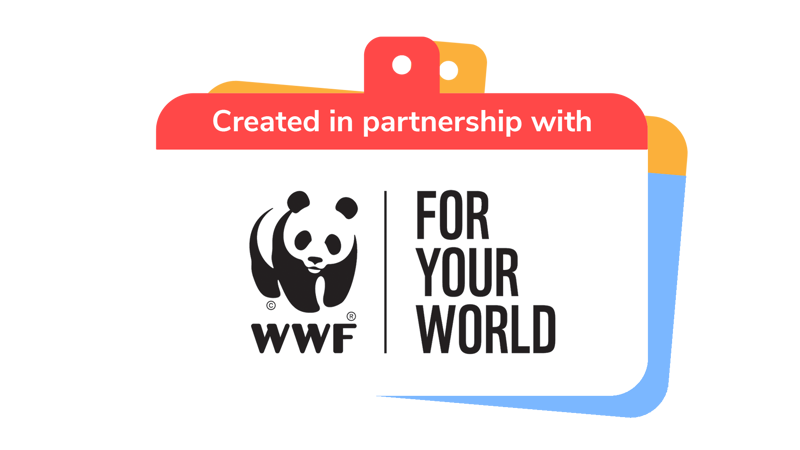
Give out seed packets to your local community
You’ll need
- Coloured pens or pencils
- Gardening gloves
- Recycled paper envelopes or bags
- Seeds (enough for each person to fill an envelope or bag)
- Seed containers
- Staples or eco-friendly glue
Before you begin
- Use the safety checklist to help you plan and risk assess your activity. Additional help to carry out your risk assessment, including examples can be found here. Don’t forget to make sure all young people and adults involved in the activity know how to take part safely.
- Make sure you’ll have enough adult helpers. You may need some parents and carers to help if you’re short on helpers.
Planning this activity
- The seeds used in this activity could ideally be pesticide-free and organically grown by a sustainable grower. You may want to use bee-friendly or bird-friendly wildflowers to encourage local wildlife.
- Print out lots of small copies of some professionally-produced instructions for planting the seeds from a reliable source, such as the seed packet, that are about the size of the envelopes.
- Organise for the group to give out the seeds to members of the public in a central location, such as outside a supermarket. You might need to contact the local council or building owner for permission.
- You may want to run this session over two weeks, with one week to make the seeds and another week to hand them out.
On your visit
- Make sure everyone knows to come dressed for the weather. Don’t forget to check the forecast and be prepared for it to change.
- It’s important to check the sunset times, making sure that you’ll have sufficient light throughout the activity. It’s best to run this activity on lighter evenings, such as in summer.
- Remember to have suitable supervision, an InTouch process in place and activity consent forms. It’s important to make sure that anyone with medication, including an inhaler, brings it with them and gives it to a volunteer, too.
- Make sure the area you visit is accessible for everyone, choosing a suitable place for drop off and collection. You may need to think about avoiding steps or steep gradients or including frequent breaks.
Run the activity
Make the seed packets
- Gather everyone together and explain you’re going to give out seeds to people in the local area for them to plant.
- Ask everyone to sit at tables, as this helps reduce any mess.
- Give out envelopes and a copy of the seed planting instructions. The instructions should be attached to the envelope securely, such as by using glue or a stapler. Alternatively, the instructions could be written out onto the envelope or placed inside.
- Now everyone can draw on or design their envelope. People could write on what kind of seeds are inside, then draw include pictures of what the seed grows into.
- Fill each envelope or bag with the relevant seeds. You can do this over a container, such as a bowl, to catch any that fall. You may also want to use funnels to reduce spills.
- Everyone should tightly seal the envelopes and place them in a central basket, tub or pile.
- Consider including a group email address on the packet, asking to see pictures of what grows.
Give out the seed packets
- Everyone should head out to the outdoor space or meet at the chosen venue. Remember to take the seed packets.
- Explain the boundaries of the area and where the no-go zones are. Young people should be paired up so no young person is left alone and they should stick together, always under adult supervision.
- Tell people how they can use the space respectfully and approach people politely to give out the seeds. Remind people to be friendly and quiet, so you don’t disturb others.
- Tell everyone where adults will be around the site and what people should do if anyone needs help. This should include setting memorable spot where an adult will stay at all times.
- Everyone should give out their seeds to a member of the public, explaining what they are and how they’ll help the local environment.

This activity helps contribute towards some of the UN's Sustainable Development Goals. Find out more about the SDGs, and how Scouts across the world are getting involved.
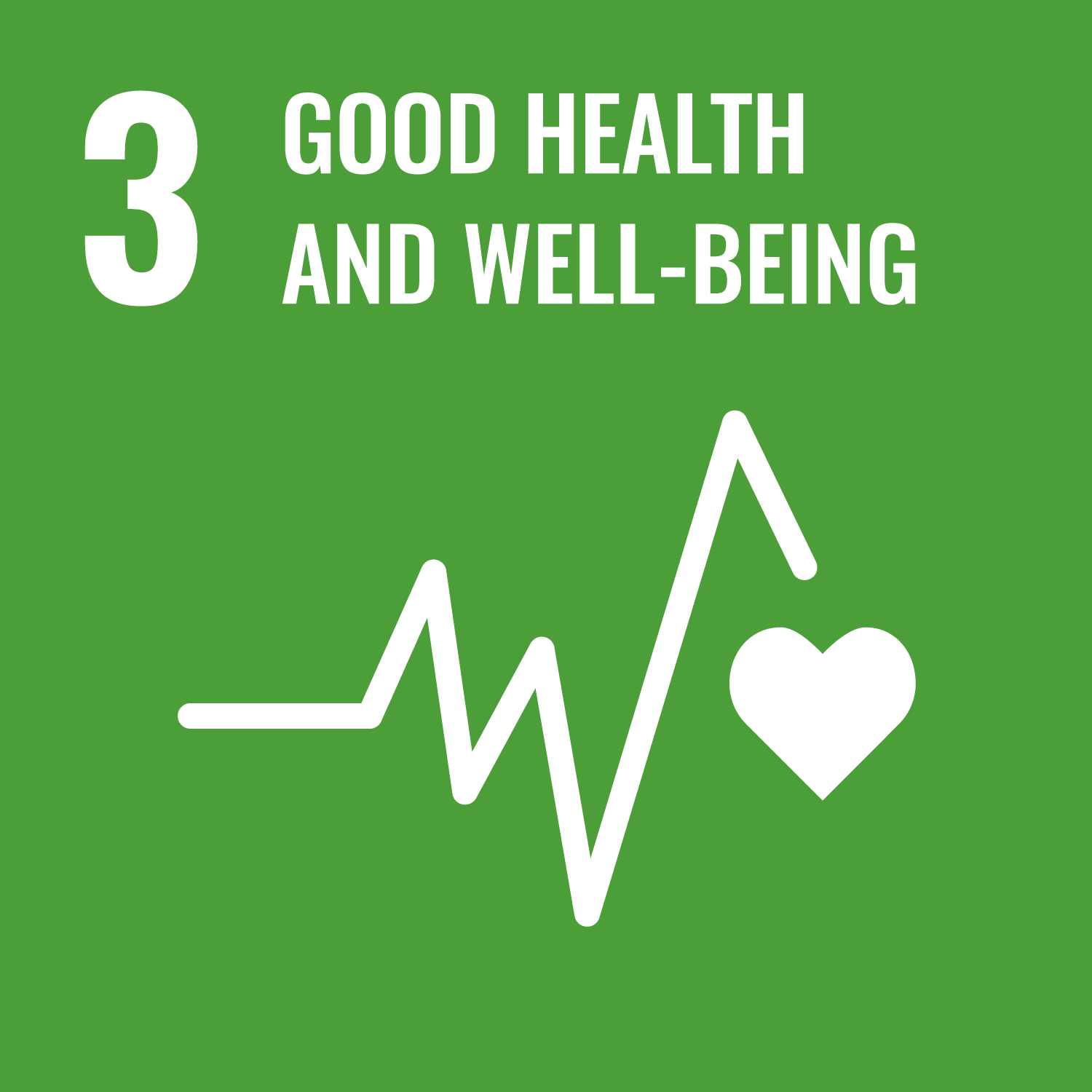
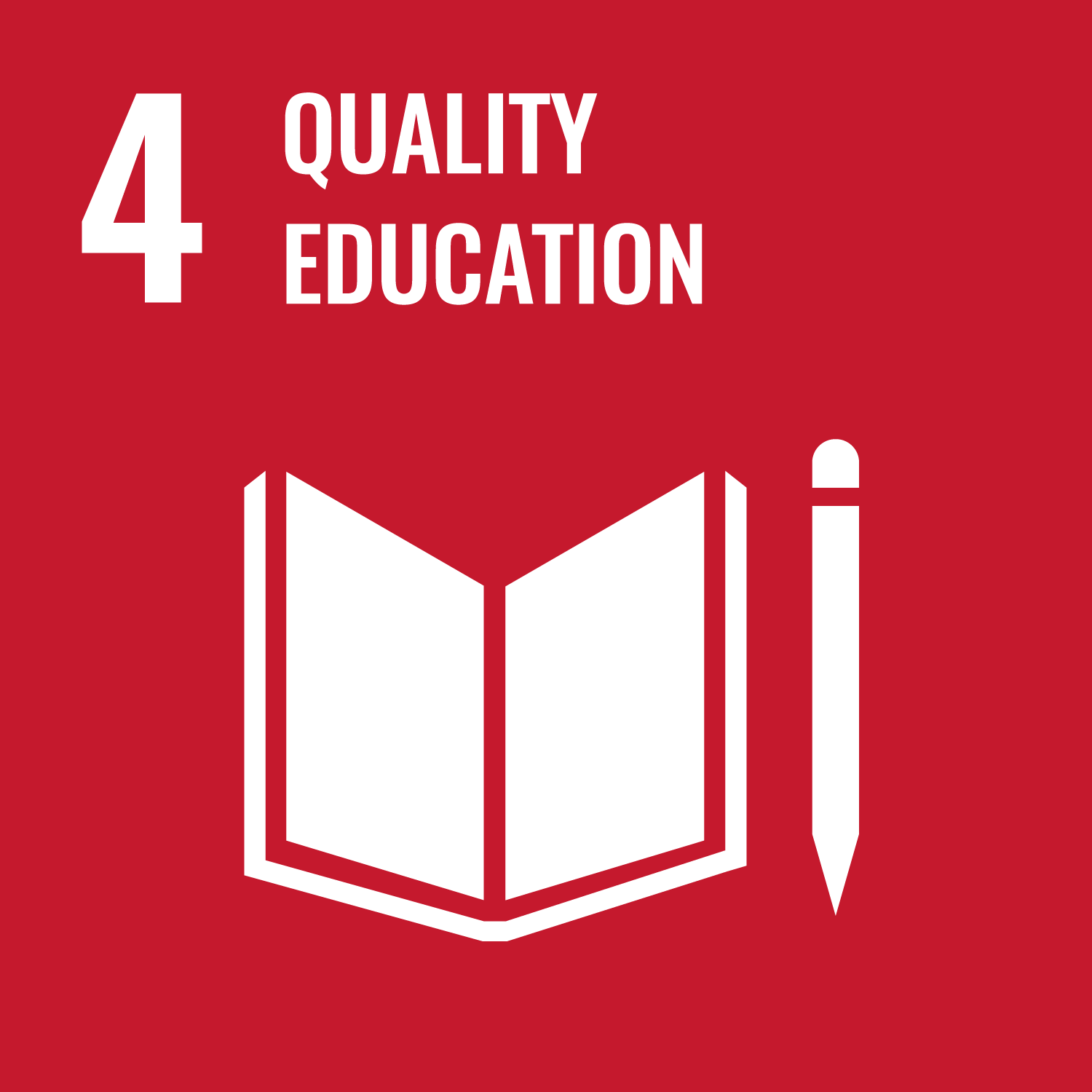

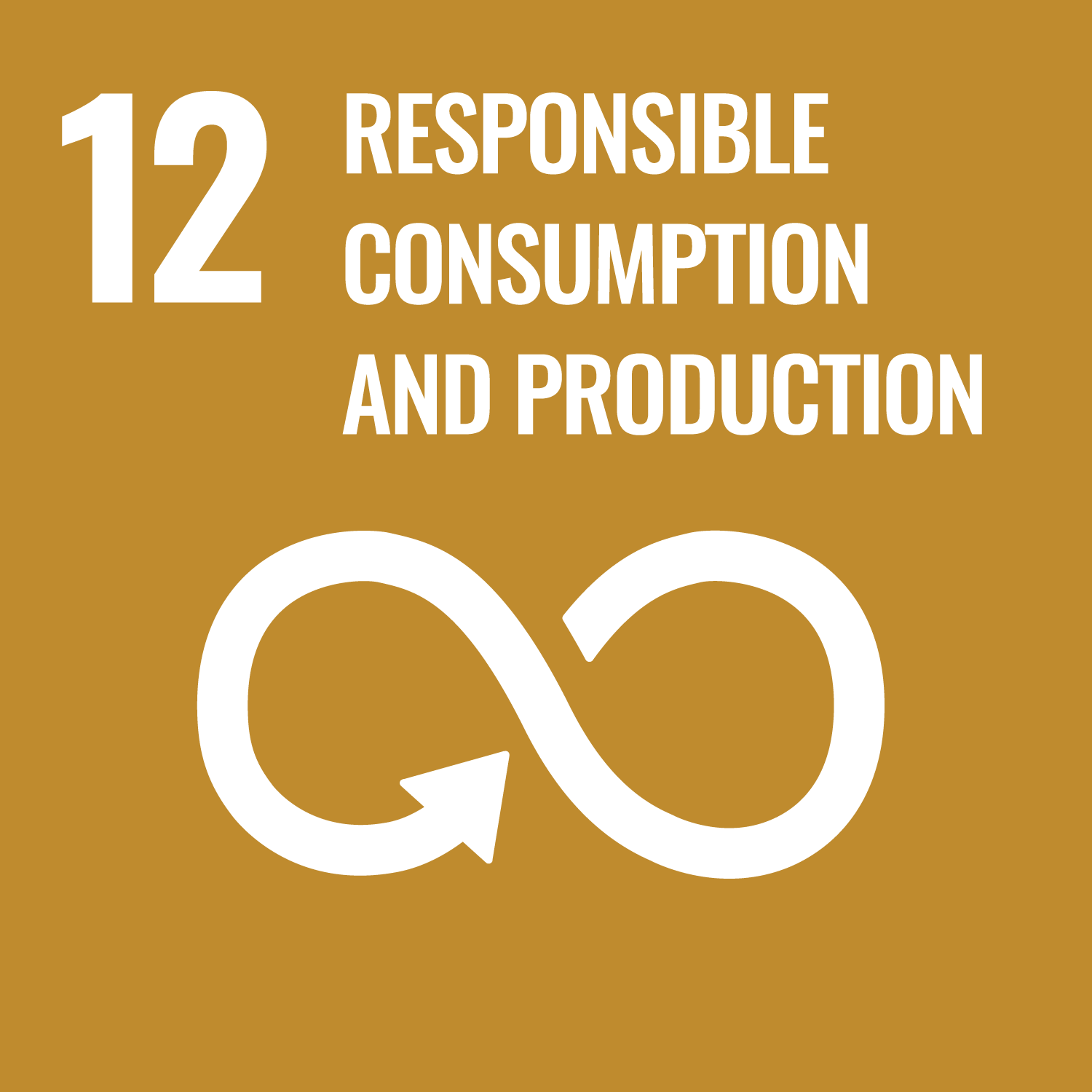
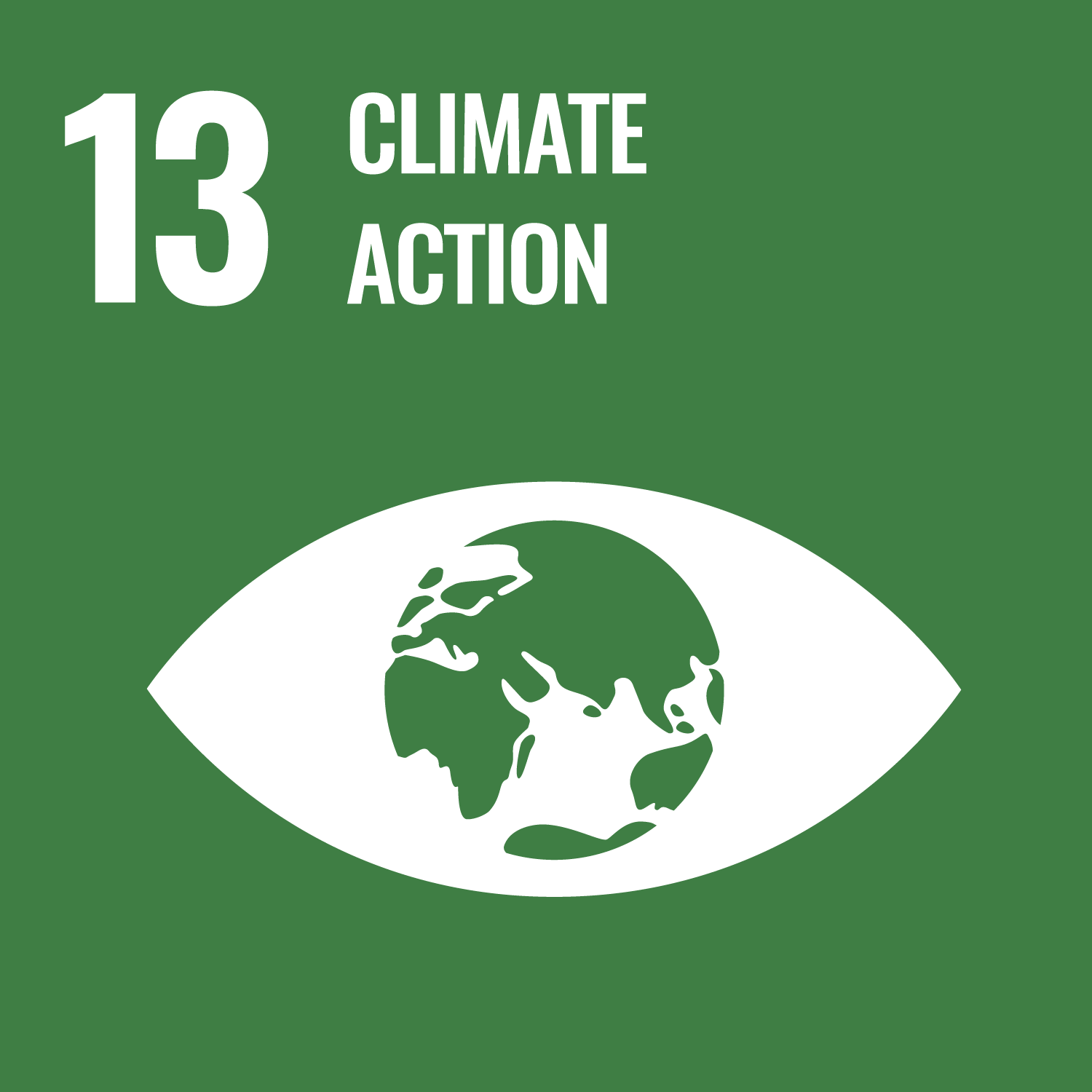
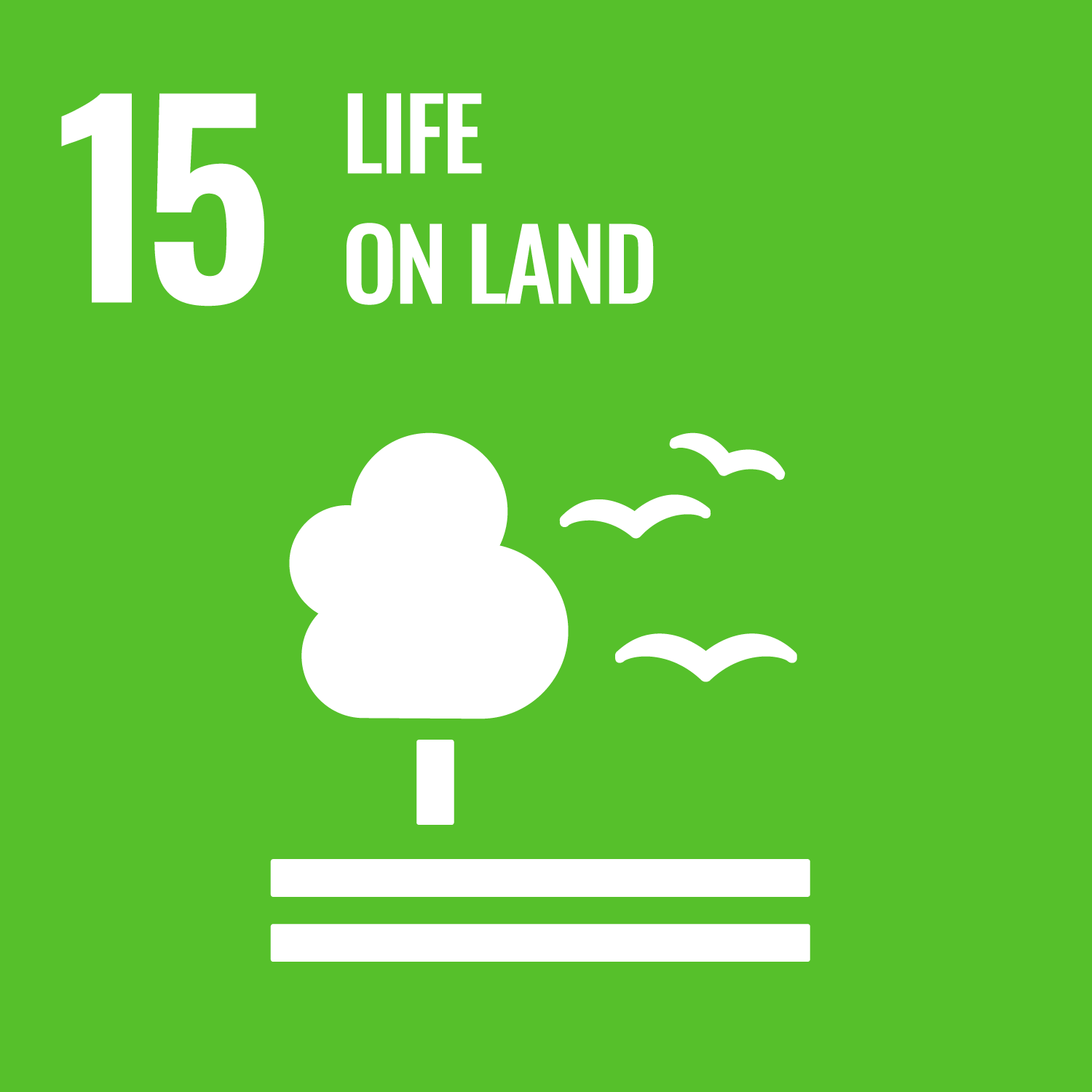
Reflection
This activity has helped to raise awareness of biodiversity issues in the local community and help connect people with nature. What did you learn and was it easy to cultivate the seeds? What were the views of the community? What other ways could you work with the community to increase biodiversity?
Safety
All activities must be safely managed. You must complete a thorough risk assessment and take appropriate steps to reduce risk. Use the safety checklist to help you plan and risk assess your activity. Always get approval for the activity, and have suitable supervision and an InTouch process.
- Outdoor activities
You must have permission to use the location. Always check the weather forecast, and inform parents and carers of any change in venue.
- Animals and insects
Be aware of the risks before interacting with animals. Be aware of anyone with allergies, and make alternative arrangements for them.
- Gardening and nature
Everyone must wash their hands after the activity has finished. Wear gloves if needed. Explain how to safely use equipment and set clear boundaries so everyone knows what’s allowed.
- Glue and solvents
Always supervise young people appropriately when they’re using glue and solvent products. Make sure there’s plenty of ventilation. Be aware of any medical conditions that could be affected by glue or solvent use and make adjustments as needed.
- Sharp objects
Teach young people how to use sharp objects safely. Supervise them appropriately throughout. Store all sharp objects securely, out of the reach of young people.
- Road safety
Manage groups carefully when near or on roads. Consider adult supervision and additional equipment (such as lights and high visibility clothing) in your risk assessment.
- Visits away from your meeting place
Complete a thorough risk assessment and include hazards, such as roads, woodland, plants, animals, and bodies of water (for example, rivers, ponds, lakes, and seas). You’ll probably need more adult helpers than usual. Your risk assessment should include how many adults you need. The young people to adult ratios are a minimum requirement. When you do your risk assessment, you might decide that you need more adults than the ratio specifies. Think about extra equipment that you may need to take with you, such as high visibility clothing, a first aid kit, water, and waterproofs. Throughout the activity, watch out for changes in the weather and do regular headcounts.
If you can, give older groups the chance to approach local gardeners to ask for their support with this project.
As this activity involves going out into the local community, consider accessible routes for any young people with mobility issues. Ensure that all the materials are at a level that can be easily worked on by wheelchair users, and a funnel could be used to help members to fill their envelopes or bags with the seeds if needed.
All Scout activities should be inclusive and accessible.
Take photographs and videos as a record of what you have done. You could also share some of these on social media.
You might also like to follow up with some of the recipients of the seeds to see how things went, or ask them to send you photos of the flowers they grew.
Backyard Nature aims to get all children and young people to spend more time enjoying and protecting nature where they live. They believe everyone should have the opportunity to enjoy nature and the tools to protect it.
Discover more at https://www.wwf.org.uk/



